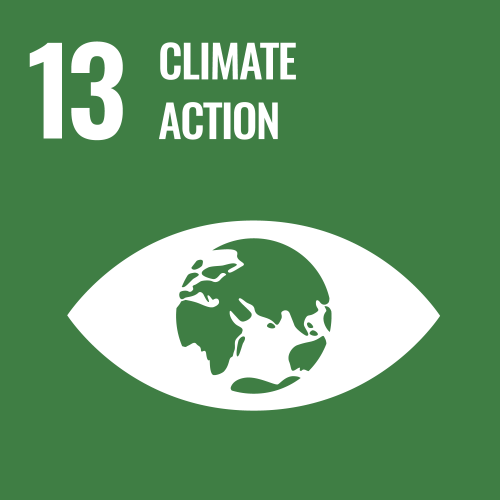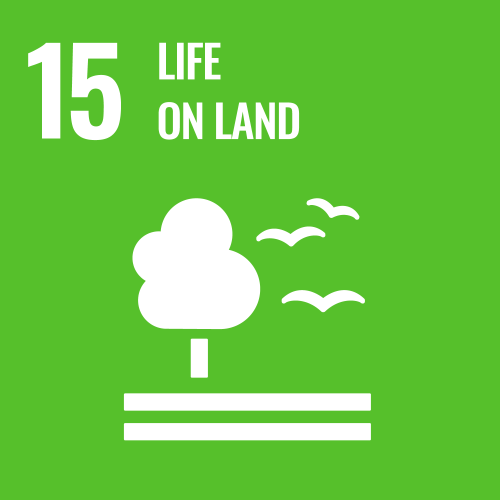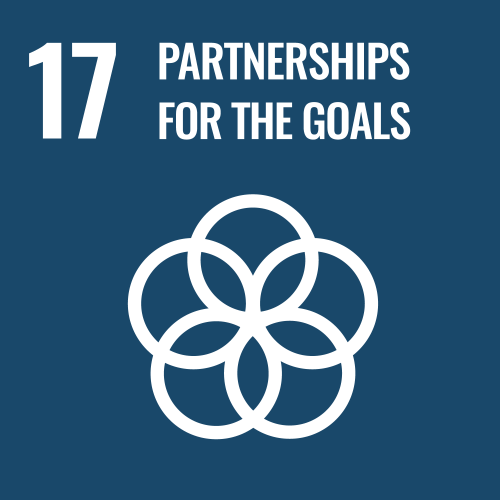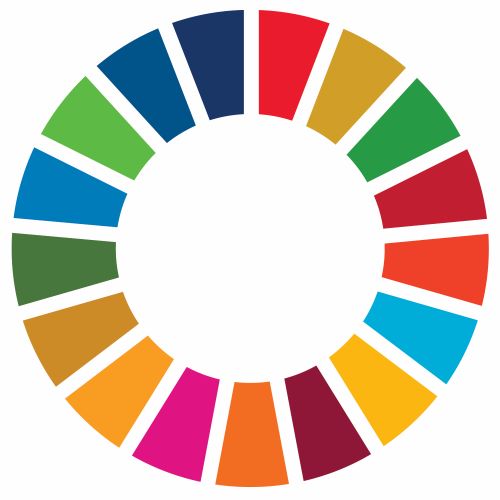
29/05/2025
Within the framework of the Amazonía+ project, specialists from Paraguay, Uruguay, Chile, Mexico, Ecuador, Colombia, Brazil, Peru and Bolivia have deepened the analysis of the behaviour, associated meteorology and dynamics of the spread of forest fires.
No country is immune to complex forest fire situations. These types of fires are characterised by the simultaneous occurrence of outbreaks or by their high speed of spread, high intensity and complicated behaviour, which pose great challenges for their management and extinction. They interact with and can modify the meteorological conditions of the area, making firefighting operations and planning even more difficult. In addition, they are affected by global change, both climatic and socio-economic, which favours the circumstances and factors for their onset and spread.
For this reason, representatives from Paraguay, Uruguay, Chile, Mexico, Ecuador, Colombia, Brazil, Peru and Bolivia have participated in a meeting at the Spanish Cooperation Training Centre in Santa Cruz de la Sierra (Bolivia), with the aim of combating these very severe fires and adopting an Integrated Fire Management approach, focusing not only on fire fighting, but also on fire prevention, landscape management and knowledge of fire and its behaviour, understanding the use that rural and indigenous communities make of it.
The course has been organised by the European Union through the Amazonía+ programme, implemented by FIAP, AICS and Expertise France, in the context of the activities of the Group of Experts on Forest Fires (GEFF LAC), which brings together forest fire experts from countries in South America and Mexico to exchange knowledge and best practices in Integrated Fire Management. Amazonia+ is an initiative aimed at supporting Amazonian countries in reducing CO₂ emissions, adapting to climate change and protecting biodiversity. In this framework, FIAP has mobilised experts from the Spanish Forest Fire Assessment and Advisory Team (FAST), coordinated by the Ministry for Ecological Transition and the Demographic Challenge, and trainers from the Pau Costa Foundation.
This course is part of an effort to strengthen regional technical capacities in the framework of Integrated Fire Management. Participants have been trained in analytical tools that will allow them to interpret fire dynamics, model their possible evolution, and make strategic and tactical decisions based on technical, meteorological and safety criteria. The final objective is to share a vision of the behaviour and movement of forest fires and to try to create a common model of analysis.

It has also promoted the understanding of fire not only as a threat, but as an element present in many socio-ecological systems. Understanding the traditional uses that peasant and indigenous communities make of fire, and how to integrate them into territorial management, is an essential part of an adaptive, culturally relevant and environmentally effective approach. Carmen María Sarango, technical analyst in forest fires at the National Secretariat of Risk Management of Ecuador, has highlighted how ‘these tools will form part of and strengthen knowledge in our country. With them we will be much more timely and efficient, we will directly strengthen our fighters and forest firefighters in the country’.
Bolivia has faced the worst forest fire season in its history in 2024. According to official data, more than 12.6 million hectares were burned, representing approximately 11.5 per cent of the national territory. Of this area, 7.2 million hectares corresponded to forests and 5.4 million to pastures, seriously affecting vital ecosystems and indigenous communities.
The department of Santa Cruz was the most affected, followed by Beni and La Paz. The magnitude of the crisis led the Bolivian government to declare a national emergency on 7 September and a national disaster on 30 September 2024.
The consequences were devastating: loss of biodiversity, protected areas affected, displacement of communities, disruption of economic activities and air pollution levels that reached ‘extremely bad’ categories in several cities.
René Román Cerezo, consultant to the Bolivian Ministry of Environment and Water, stressed that ‘in the context we have in the country, with an increase in forest fires and new types of fires, this type of training is important so that we can learn about the behaviour of fire, mitigate its spread and also the damage it can cause’.



